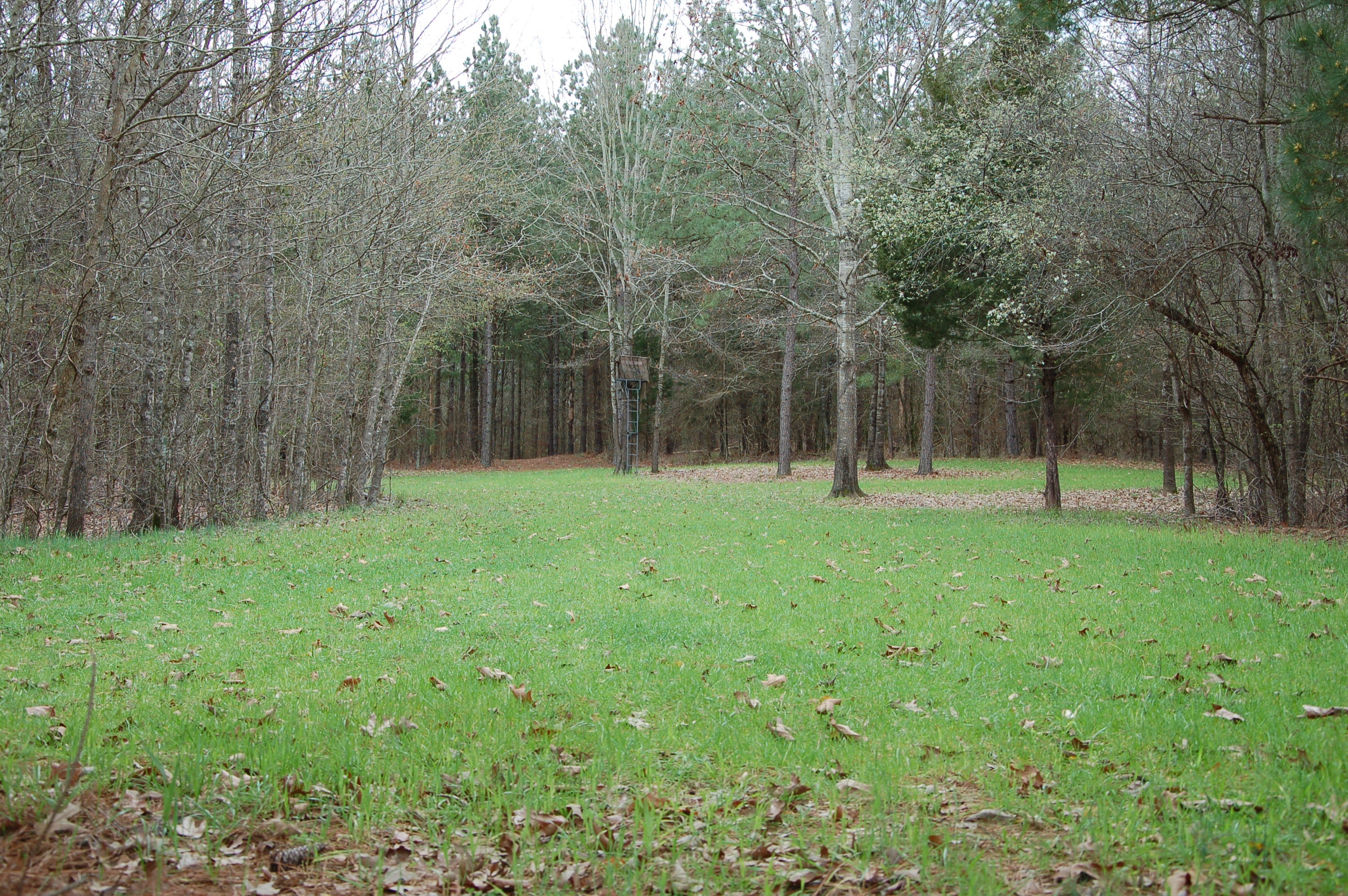Considering Spring Wildlife Food Plots
Dr. John Woods 03.09.15

I was caught off guard and somewhat stunned when an owner in our hunting club suggested that we should plant spring food plots this year. As our camp DMAP coordinator, I have been advocating that strategy for twenty years, but it always fell on deaf ears. This is a private lands club of 680 acres in Holmes County.
The reasons for not planting spring wildlife food plots are many, but they’re mostly centered on securing the justification for the extra annual expense. After all, we did plant fall plots, though we have scaled them back from roughly 40 acres to 10-15 acres and reduced the number of planted plots from 12 to 6. That had more to do with deer distribution across the property as deer tended not to concentrate in certain areas with so many different food plot location options. Think about that for your property.
There is a rational rationale for planting spring plots, even if due to costs the effort has to be split between spring and fall. Fall plots are often referred in practicality in the south as “killing” fields, while spring plots are for nutritional supplementation. I’ll let you decide your own philosophical orientation to that argument.
Decide also if the native browse on your property is ample to support your wildlife or if food plots are even necessary to support the game. You might find the answers to that a surprise. I recommend you consult a regional state wildlife biologist to do an assessment on your property in this regard.
If you are considering spring plots or want to, here are some common sense thoughts on the subject to get the job done.
A possible checklist for a usual approach to creating spring wildlife food plots should contain these components in an overall plan:
- Site Selection
- Soil Analysis
- Liming and pH
- Fertilizing
- Seed Selections
- Planting
If you have already been planting fall plots on your property, several of these elements may already be in place. You can of course simply re-prepare your existing plots for spring plantings, altering only the seed selections with warm weather choices. Follow the same procedures as you would normally do when putting in fall plots.
I like to take a map of our property and draw in each food plot, along with directions for our “food plot farmer man” to follow. For us this is pretty simple, but it can be just as easy for any landowner or property wildlife manager. The steps are basically the same. They just have to be followed in a logical manner with some forethought in mind.
The old adage of “you reap what you sew” is definitely true when it comes to wildlife food plots either in the spring warm months or for the cool season fall plots. If you cut corners,, then the results will be easy to see. A couple of years ago we cut back on fertilizer to save a few bucks, and our plant production was way off. It was obvious to everyone in camp that was a poor decision.
The same can be said about the critical aspects of soil testing and in particular liming. This should be done on a regular basis. If your food plot plants take on a dull greenish tint rather than a vibrant forage green, then I am betting your soil is way past needing to be limed.
Even if you intend to spring plant your existing fall plots, go ahead and conduct a “boots on the ground” walk around evaluation. How did the fall plants do? How was the drainage? Was there sufficient sunlight hitting the plot or should its location be shifted elsewhere to make a gain in plant production? These questions should be asked every year anyway.
Soil prep is keen in this process. By now (April or May), most of the fall plants should have died off. Perhaps native weeds have already begun to establish, and that, along with tough, woody residual plants, can make field disking an interesting proposition. Don’t skimp on this part of the process. Good seeds demand a good, well disked soil base.
By logic alone, seed mixes tend to succeed better than one seed choice. Warm season legumes are highly recommended. These include iron clay cowpeas, soybeans, clovers, and joint vetch. A really good universal choice for a spring/summer food plot seed mixture is 40-60 pounds per acre of iron clay cowpeas along with 10-15 pounds per acre of joint vetch. Be sure the seeds are inoculated per seed instructions.
Plant the peas first and cover about an inch deep. Broadcast and cover the vetch next to about a half inch. Fertilize appropriately based on soil test and local recommendations. Then pray for rain.